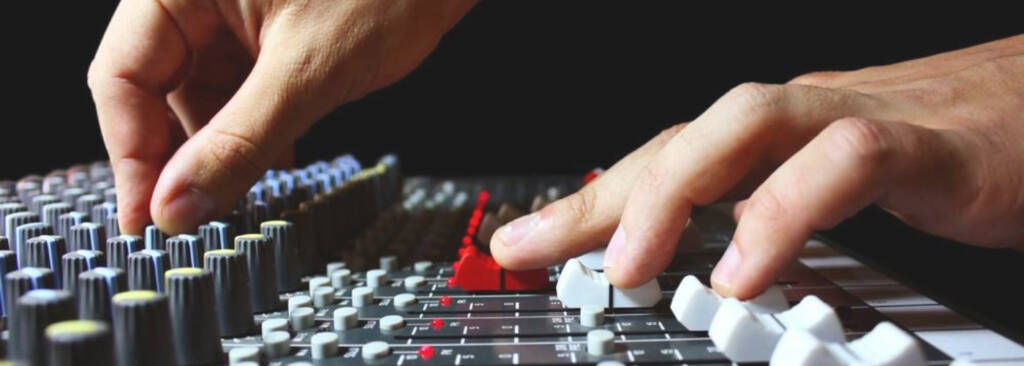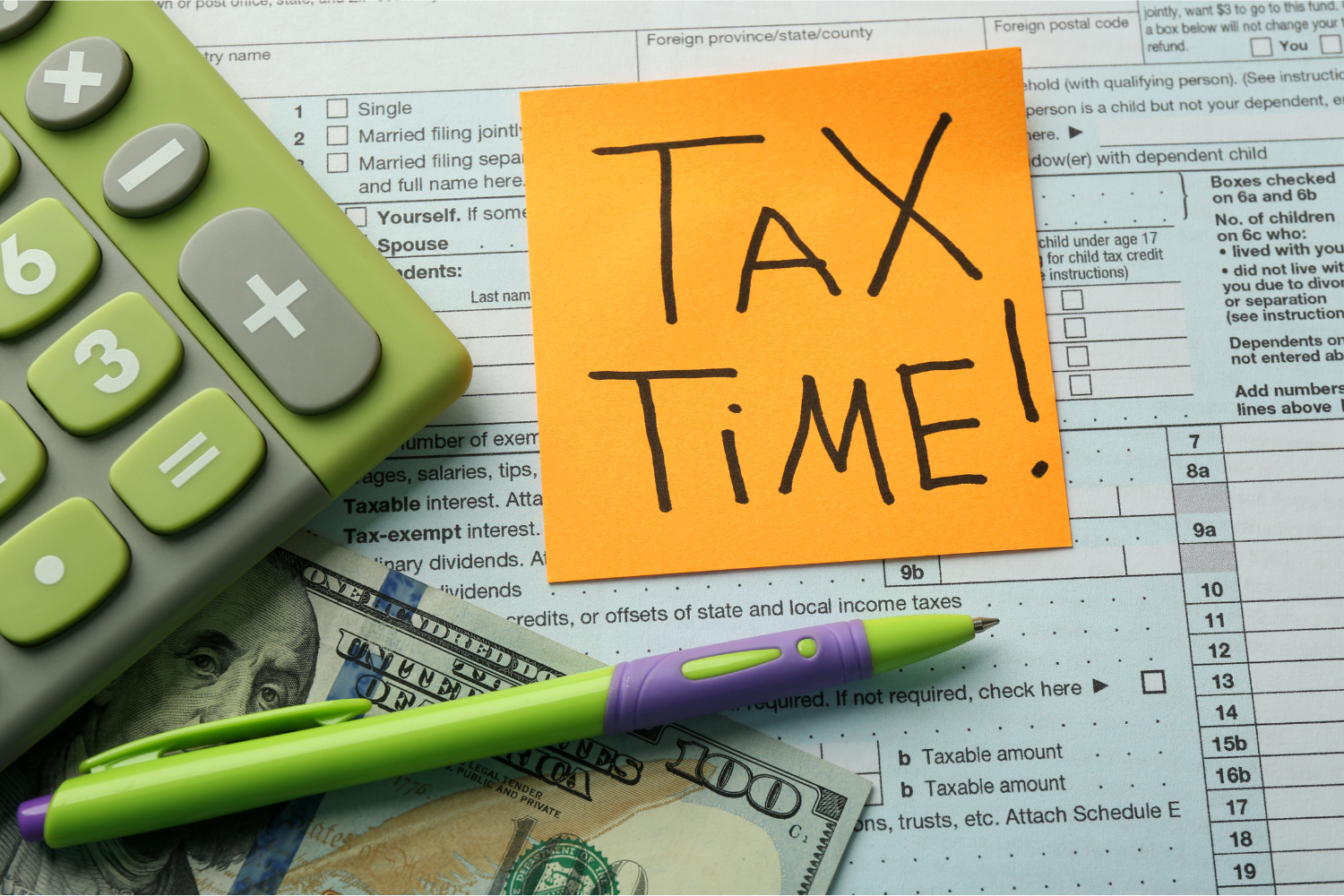Sound Trademark in India
In India, a series of musical notes can be patented as a sound, with or without words. In the US, sound trademarks are widely utilised, and in India, knowledge of them is growing quickly. In this article, we’ll go over the fundamentals of sound trademarks in India as well as a few examples of well-known sound trademarks from across the globe.

Sound Trademark or Sound Mark
A sound that is graphically represented by a succession of musical notes, with or without words, may be protected under the Trademark Act of India. A sound that is or has become a distinctive signature connected to one undertaking is eligible for trademark registration under the Trademark Act. As a result, for a sound to be registered as a trademark, the typical customer must connect the sound with a specific good or service.
Sound Trade Mark Registration
The Indian Trademarks Act, 1999 (the “Act”) does not define a sound trademark. The trademark must be able to be graphically displayed, according to the Act. As a result, the Act may provide protection for a sound that is visually represented by a series of musical notes, whether or not they are accompanied by words. Like other trademarks, sound trademarks are unique.
However, the 2017 Trademarks Rules (the “Rules”) expressly recognize the sound as a trademark category. The Rules’ acknowledgement of strong trademarks gives businesses greater exclusivity for their marketing and branding strategies to draw in, lure, and appeal to customers in a highly competitive market. Rule 26(5) of the Trade Mark Rules (the “Rules”), which states that the sound mark may be reproduced, was added in 2017 to the Trade Mark Rules (the “Rules”).
The applicant must provide both an MP3 reproduction of the sound mark that is no more than 30 seconds in length and a visual representation of the sound mark in the form of musical notation with the application, which must state that the mark is to be registered is a sound mark.
The Indian Trade Marks Registry processes sound mark applications in the same manner as other trademark applications. One of the most crucial things to take into account when submitting a trademark application is the date of the sound mark’s first use, in addition to the mandatory information [such as the applicant’s name, address, the legal status of the applicant entity (if any), class of goods/services, specification of goods/services, and so on]. Since the distinctive feature of sounds may be pretty readily established via acquired distinctiveness, the availability of any documented proof to indicate the use of the mark at the time of filing the application would be advantageous (by way of the use of the sound mark).
Furthermore, we should note that applications for sound mark registrations are scrutinised more carefully (in comparison to other marks) during the following stages of the trademark application procedure due to the unique character of sound mark registrations. However, the trademark application will be taken into consideration provided that it conforms with all statutory criteria. The same procedures that apply to any other trademark application also apply to publication and registration.
Conclusion




